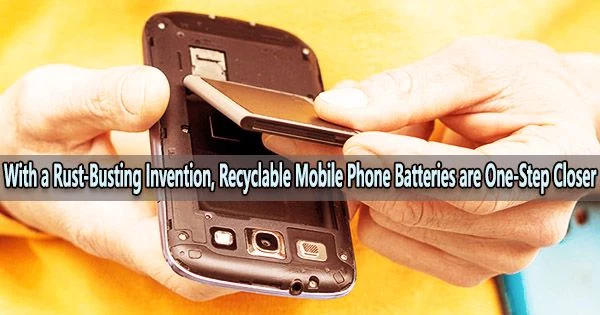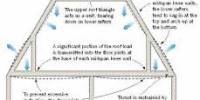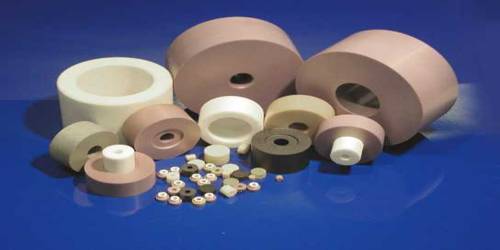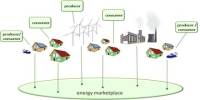Recycling mobile phone batteries is an important step in reducing electronic waste and preserving valuable resources. However, not all mobile phone batteries are created equal, and the recyclability of a particular battery can depend on its chemistry and design.
Mobile phone batteries with a lifetime up to three times longer than today’s technology could be a reality thanks to an innovation led by engineers at RMIT University.
The team claims that by using high-frequency sound waves to eliminate rust that impairs battery performance, we might have recyclable batteries that last for up to nine years as opposed to discarding them after two or three years.
In Australia, just 10% of spent portable batteries including those for mobile phones are collected for recycling, which is low by global standards. 90% of batteries are still disposed of improperly or in landfills, which harms the environment significantly.
The team’s idea may help to overcome the difficulty of the high cost of recycling lithium and other materials from batteries, which is a key barrier to the reuse of these products.
The team are working with a nanomaterial called MXene, a class of materials that they say promises to be an exciting alternative to lithium for batteries in the future.
Leslie Yeo, Distinguished Professor of Chemical Engineering and lead senior researcher, said MXene was similar to graphene with high electrical conductivity.
“Unlike graphene, MXenes are highly tailorable and open up a whole range of possible technological applications in the future,” said Yeo from RMIT’s School of Engineering.
“The big challenge with using MXene was that it rusted easily, thereby inhibiting electrical conductivity and rendering it unusable,” he said.
Surface oxide, which is rust, is difficult to remove especially on this material, which is much, much thinner than a human hair. Current methods used to reduce oxidation rely on the chemical coating of the material, which limits the use of the MXene in its native form.
Mr. Hossein Alijani
“To overcome this challenge, we discovered that sound waves at a certain frequency remove rust from MXene, restoring it to close to its original state,” Yeo said.
“The team’s innovation could one day help to revitalise MXene batteries every few years, extending their lifetime up to three times,” he said.
“The ability to prolong the shelf life of MXene is critical to ensuring its potential to be used for commercially viable electronic parts,” Yeo said.
The research is published in Nature Communications.
How the innovation works
Co-lead author Mr. Hossein Alijani, a PhD candidate, said the rust that develops on MXene’s surface in humid environments or when suspended in watery solutions was the biggest problem in using the substance.
“Surface oxide, which is rust, is difficult to remove especially on this material, which is much, much thinner than a human hair,” said Alijani from RMIT’s School of Engineering. “Current methods used to reduce oxidation rely on the chemical coating of the material, which limits the use of the MXene in its native form.”
“In this work, we show that exposing an oxidised MXene film to high-frequency vibrations for just a minute removes the rust on the film. This simple procedure allows its electrical and electrochemical performance to be recovered.”
The potential applications of the team’s work
The team claims that by removing the rust from Mxene, a wide range of applications for the nanomaterial, including energy storage, sensors, wireless transmission, and environmental cleanup, are now possible.
Associate Professor Amgad Rezk, one of the lead senior researchers, said the ability to quickly restore oxidised materials to an almost pristine state represented a gamechanger in terms of the circular economy.
“Materials used in electronics, including batteries, generally suffer deterioration after two or three years of use due to rust forming,” said Rezk from RMIT’s School of Engineering.
“With our method, we can potentially extend the lifetime of battery components by up to three times.”
Next steps
The team must collaborate with business to integrate its acoustics device into current manufacturing systems and processes, despite the fact that the innovation shows promise.
In order to remove oxide coatings from other materials for applications in sensing and renewable energy, the team is also investigating this possibility.
“We are keen to collaborate with industry partners so that our method of rust removal can be scaled up,” Yeo said.
Overall, while most mobile phone batteries are recyclable, it’s important to take steps to ensure that they are being recycled properly. By doing so, we can help to reduce electronic waste and preserve valuable resources for future generations.
















